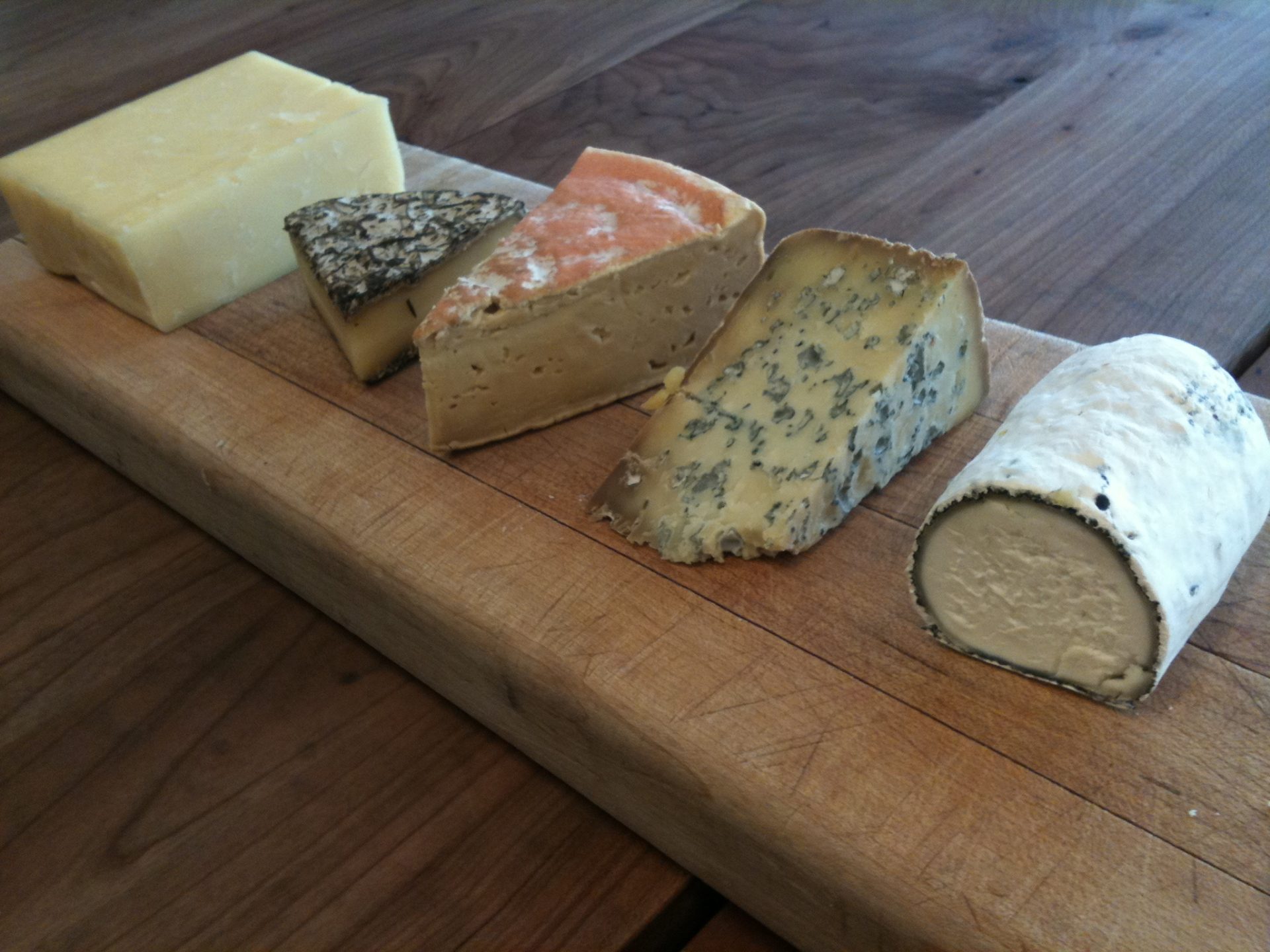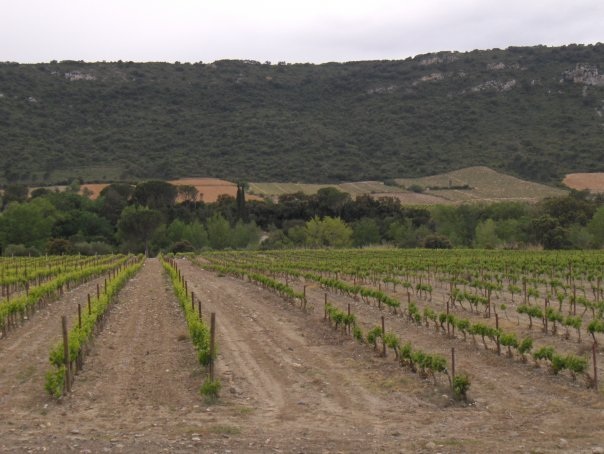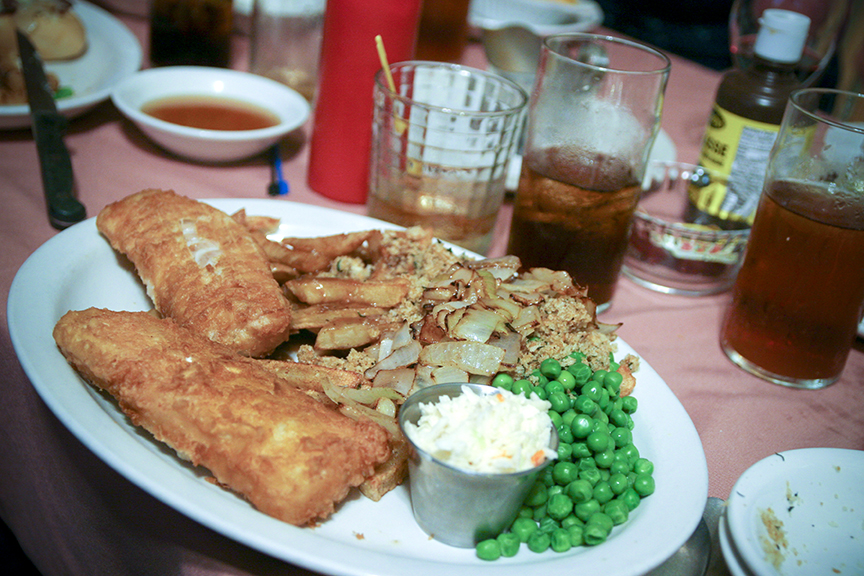By Kylie Meyermann
From August 3rd – 6th, Montreal hosted the annual American Cheese Society Conference. If the festivities taught me anything, it’s that there is a mind-blogging amount of cheese in the world. There were more than 1,400 cheeses enrolled in the conference.
That’s right… 1,400.
And, that’s only counting participating cheeses west of the Atlantic.
With so many choices and styles to choose from, I am more than ever baffled by the cheese plate. The process of eliminating 1,400 cheeses down to twenty or seven, (and sometimes three) is a daunting task. The pairings and themes are limitless, and yet so many restaurants and chefs make the cheese plate seem effortless.
How do they do it?
Secrets to the Perfect Cheese Plate
1. Variety is imperative
Plan on representing a variety of flavour or profiles and textures on your cheese plate. Don’t shy away from a cheese because it may be old, stinky or fuzzy. A cheese plate should be fun and interesting. Remember, someone who orders a cheese plate at a restaurant probably loves cheese and is open to tasting more exotic varieties of cheese.
2. Choose a theme
The theme may be as simple as local varieties, raw milk vs. pasteurized or a “battle of the species”. If you wish to get more technical, you may consider what cheese connoisseurs call ‘Horizontal and Vertical Progressions’. Horizontal tastings illustrate specific differences between similar cheeses (farmhouse cheeses of the Pyrenees). Vertical tastings compare the stages of ripeness of a cheese (Milk, Yogurt, Fresh Cheese, Bloomy-Rind, 3-6 Month, and 6-12 Month). Both options make for great cheese plates that demonstrate the natural progression of cheese and the impacts of terroir.
3. The Principle of progression
A cheese plate should always begin with the mildest, freshest and youngest cheese and progress to the strongest cheese. The different stages of maturation will help indicate the natural progression. If your theme is New World vs. Old World Cheese, you should start with the youngest, softest cheese and progress to the oldest, smelliest cheese. New World should be paired with its Old World counterpart, and New always comes before Old. (Thank you Max McCalman & David Gibbons for your description of the Principle of Progression).
4. Consider beverage pairings
We could go on and on about wine and cheese pairings, and the same can be said about pairing with beer.
Simply remember these four important rules.
- Acidic cheese makes wine taste fruiter and sweeter but less acidic.
- Salty cheese makes wine taste fruiter and richer.
- Sweet cheese makes wine taste bitter and less sweet.
- Savoury cheese makes wine taste more bitter and astringent with less fruit.
5. And, if all else fails.
Goat – sheep – cow – blue.
By following these simple guidelines I’m confident that your next dinner party will be a smashing success.
 Kylie Meyermann is a writer for Good Food Revolution. She loves wine, cheese and mashed potatoes. Follow her on Twitter!! kylieswines
Kylie Meyermann is a writer for Good Food Revolution. She loves wine, cheese and mashed potatoes. Follow her on Twitter!! kylieswines










Trackbacks/Pingbacks